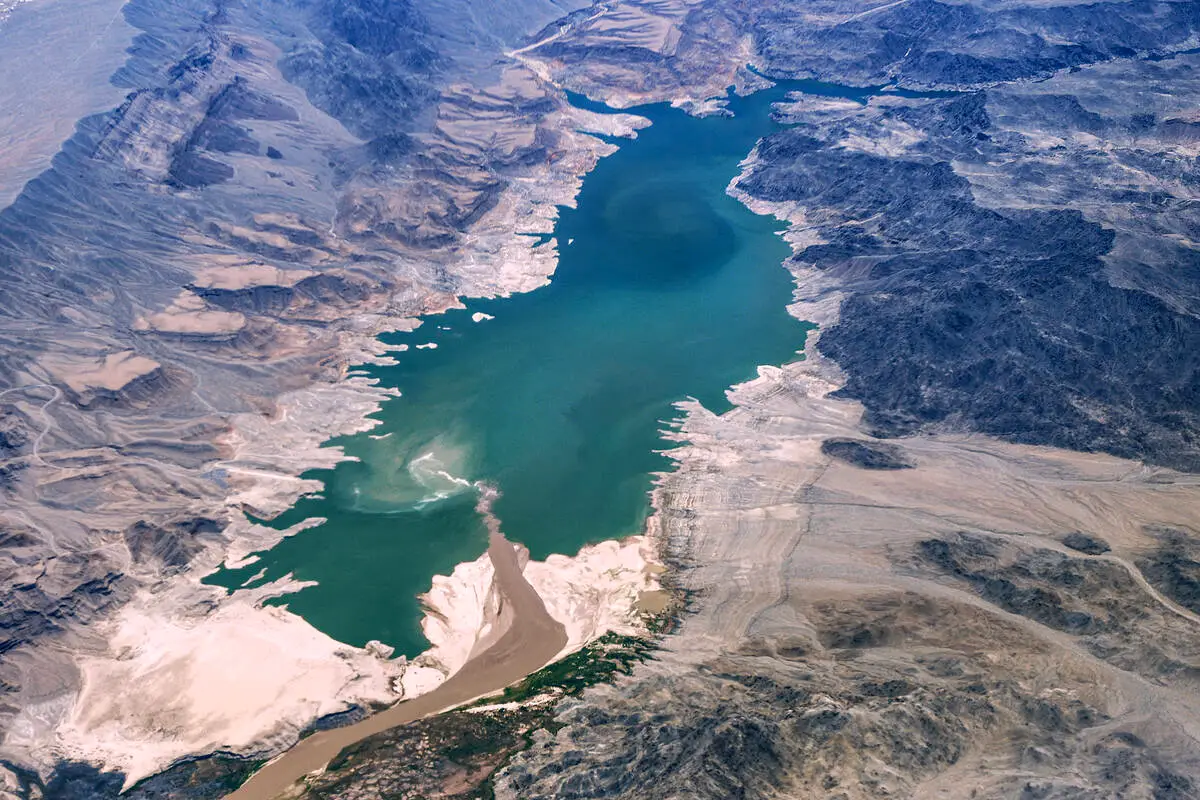The ongoing negotiations over the Colorado River’s water distribution among the seven Western states have reached a potential turning point. Representatives from each state are discussing a new proposal that could reshape water management by basing releases from Lake Powell on a three-year average of the river’s natural flows. This approach aims to address the dwindling snowpack and declining reservoir levels that threaten water availability.
The current system, established in 2007, may not adequately account for the decreasing water supply, prompting discussions on a new framework. This proposal reflects a significant shift in managing the watershed, which serves millions across multiple states, Native American tribes, and parts of Mexico.
A key aspect of the proposal is the idea of a “conscious uncoupling” between the Upper and Lower Basin states, allowing them to manage their conservation efforts independently, tied only by the water released from Lake Powell. Becky Mitchell from Colorado emphasized the need for a supply-driven approach that can adapt to varying conditions, while also expressing concerns over the Lower Basin’s expectations for water deliveries that may no longer be sustainable.
The Colorado River Compact of 1922 initially allocated water among the states, but current challenges necessitate a new approach. Nevada, with the smallest allocation, relies heavily on Lake Mead, and water managers in Southern Nevada have been proactive in implementing conservation measures to secure the region’s water future.
If the states fail to reach an agreement, federal intervention is possible. Interior Secretary Doug Burgum has indicated a willingness to step in, though a collective state solution is preferred. Experts like Elizabeth Koebele caution against separating the watershed’s management, as the interconnected hydrology may require collaborative efforts to ensure sustainability.
The outcome of these negotiations will have a significant impact on Southern Nevada, where water conservation practices have been crucial in adapting to the growing population and resource challenges. The region’s future water security hinges on the success of these interstate discussions and the implementation of effective conservation strategies.

























